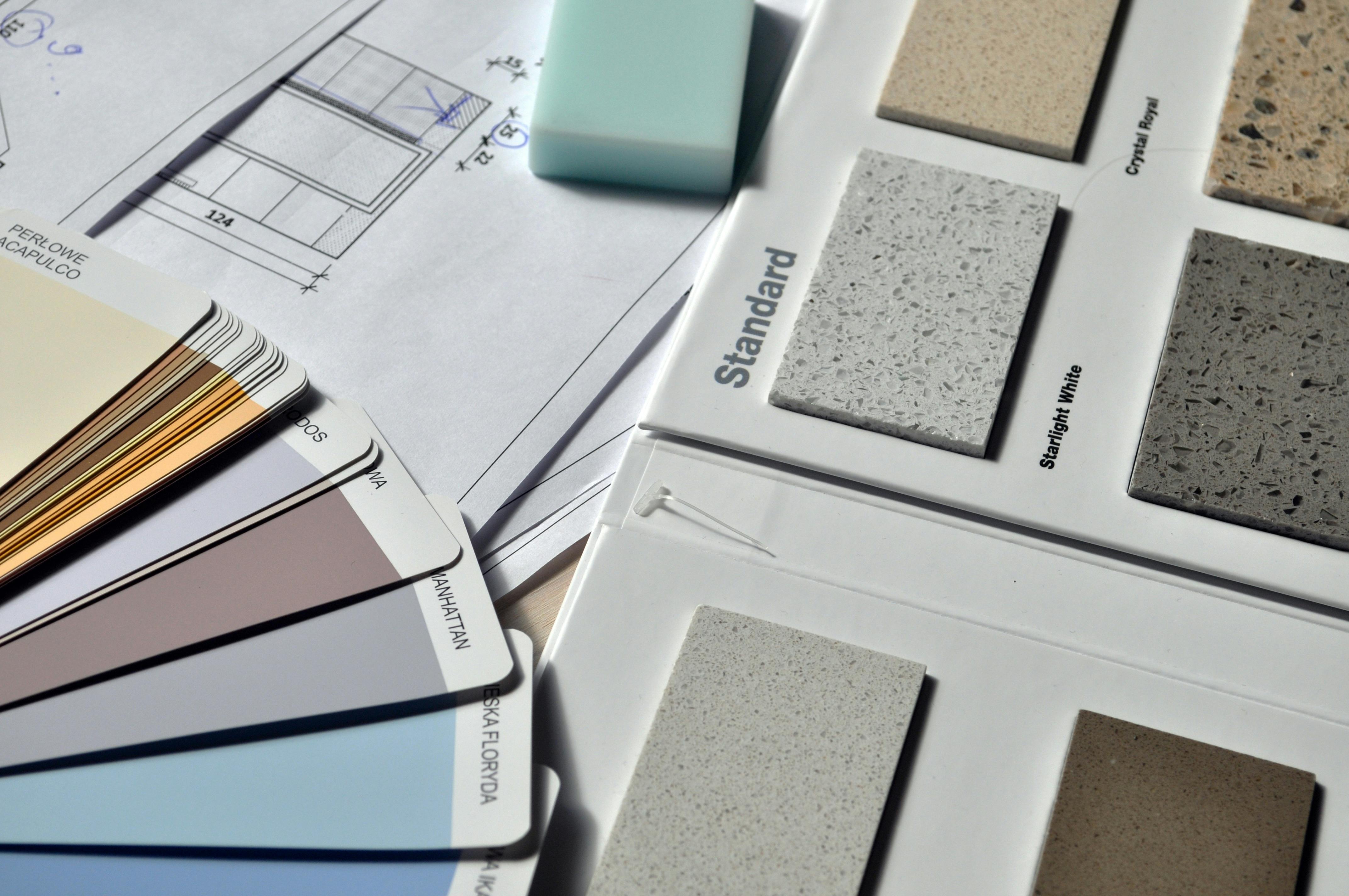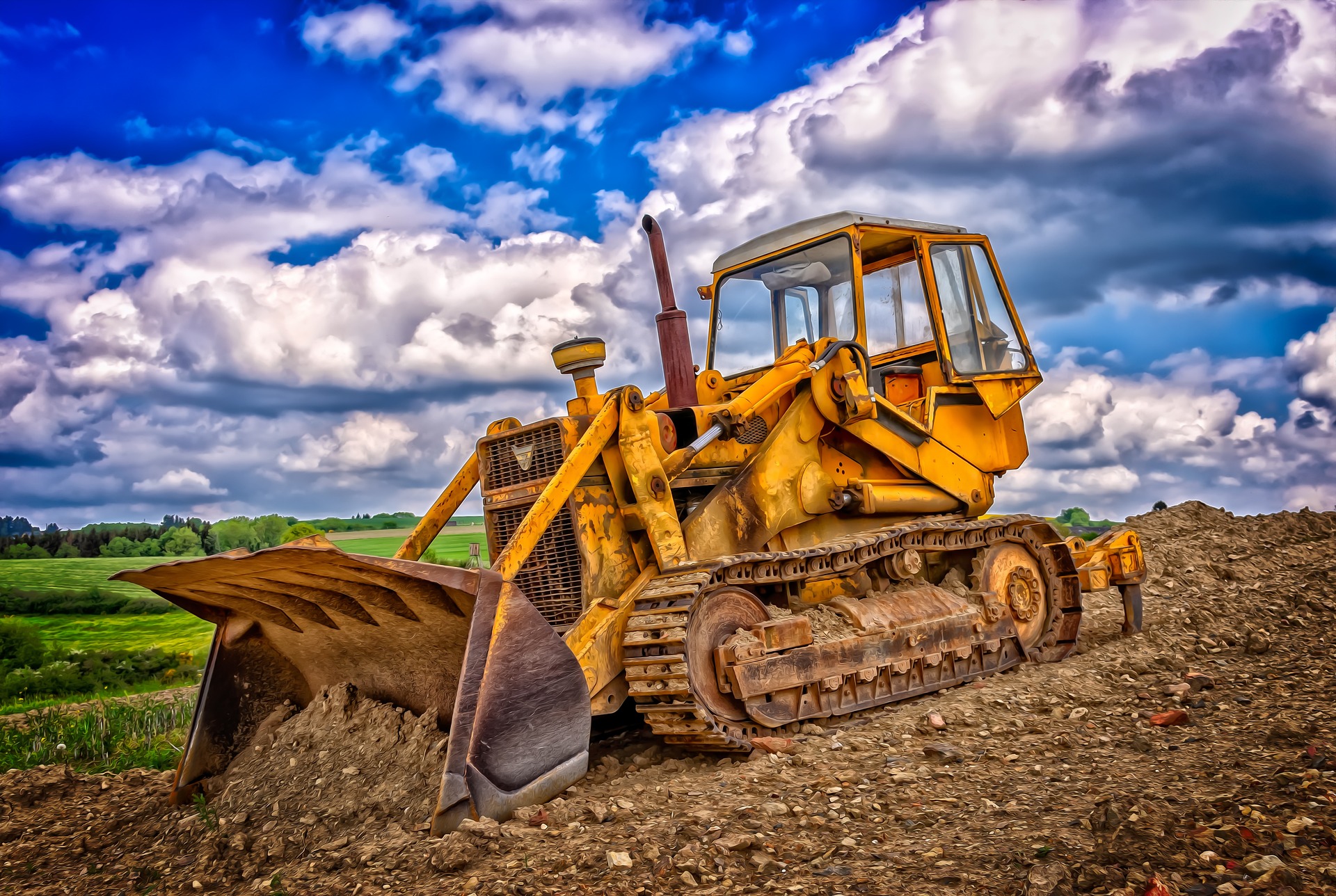Comparing T1-11 to Other Siding Options: Materials, Lifespan, and Aesthetics
Originally popular in the United States, T1-11 plywood siding is now gaining attention in the UK for its rustic texture and easy installation. This article examines how it performs in a damp British climate and compares its durability and upkeep with more common cladding materials.

How Does T1-11 Siding Perform in Damp UK Weather?
T1-11 siding faces considerable challenges in the UK’s maritime climate, characterised by frequent rainfall, high humidity, and temperature fluctuations. The plywood construction, typically made from softwood layers bonded with adhesives, absorbs moisture readily without proper treatment and maintenance. Unlike traditional UK cladding materials designed specifically for British weather conditions, T1-11 requires extensive sealing and regular reapplication of protective coatings.
The grooved surface design, whilst aesthetically distinctive, creates numerous points where moisture can collect and penetrate the material. In coastal areas or regions with persistent dampness, untreated T1-11 can experience warping, delamination, and fungal growth within relatively short timeframes. Proper installation with adequate ventilation behind panels and comprehensive moisture barriers becomes essential for acceptable performance in UK conditions.
What Are the Design Differences Between T1-11 and Common UK Cladding Materials?
British cladding traditions favour materials like brick veneer, render systems, timber weatherboarding, and modern composite panels, each offering distinct visual characteristics. T1-11 presents a more uniform, panel-based appearance with consistent vertical grooves typically spaced at 100mm, 150mm, or 200mm centres. This creates geometric patterns quite different from traditional horizontal weatherboarding or the varied textures of brick and render finishes.
UK timber cladding often utilises locally sourced hardwoods or treated softwoods in horizontal or diagonal arrangements, emphasising natural grain patterns and varied board widths. Modern composite cladding systems popular in Britain incorporate various colours, textures, and profiles designed to complement existing architectural styles. T1-11’s standardised groove pattern and limited profile options may appear incongruous with traditional British architectural vernacular, particularly in conservation areas or heritage contexts.
What Maintenance Tips Apply to Plywood Siding in Maritime Climates?
Maintaining plywood siding in maritime climates requires proactive moisture management and regular protective treatments. Annual inspection of all joints, edges, and groove areas identifies potential moisture penetration points before significant damage occurs. Immediate attention to any cracks, gaps, or coating failures prevents water infiltration that can rapidly compromise the plywood structure.
Cleaning should occur biannually using mild detergent solutions and soft brushes to remove algae, moss, and dirt accumulation without damaging surface treatments. Recoating schedules depend on exposure conditions but typically require attention every 3-5 years using high-quality exterior wood stains or paints specifically formulated for plywood substrates. Ensuring adequate drainage around the building foundation and maintaining proper guttering systems reduces moisture exposure that accelerates deterioration.
| Material Type | Typical Lifespan | Installation Cost per m² | Maintenance Requirements |
|---|---|---|---|
| T1-11 Plywood Siding | 15-25 years | £25-40 | High - annual inspection, 3-5 year recoating |
| Timber Weatherboarding | 20-40 years | £35-60 | Moderate - biannual cleaning, 5-8 year treatment |
| Composite Cladding | 25-50 years | £45-80 | Low - occasional cleaning, minimal treatment |
| Brick Veneer | 50-100 years | £60-100 | Very Low - pointing maintenance, occasional cleaning |
Prices, rates, or cost estimates mentioned in this article are based on the latest available information but may change over time. Independent research is advised before making financial decisions.
The material composition fundamentally affects longevity expectations. T1-11 plywood construction makes it more susceptible to moisture-related deterioration compared to solid timber or engineered composite alternatives. In UK conditions, properly maintained T1-11 installations typically achieve 15-25 year lifespans, whilst traditional weatherboarding or modern composite systems often exceed 30-40 years with comparable maintenance efforts.
Aesthetic considerations extend beyond immediate visual appeal to long-term appearance retention. T1-11’s plywood construction tends to show weathering effects more prominently than solid timber alternatives, requiring more frequent refinishing to maintain acceptable appearance. The groove pattern, whilst initially distinctive, can collect debris and biological growth that creates maintenance challenges in humid British conditions.
Installation complexity varies significantly between T1-11 and traditional UK cladding methods. The large panel format can accelerate installation on suitable structures but requires careful attention to moisture barrier details and thermal bridging considerations. British building regulations and thermal performance requirements may necessitate additional insulation and vapour control measures that increase overall system complexity and cost compared to T1-11’s typical North American installation methods.
When evaluating T1-11 against established UK cladding options, consider the total lifecycle costs including initial installation, ongoing maintenance, and eventual replacement requirements. Whilst T1-11 may offer lower initial material costs, the intensive maintenance requirements and shorter lifespan expectations in British maritime conditions often result in higher long-term expenses compared to materials specifically developed for UK climate conditions and architectural traditions.




